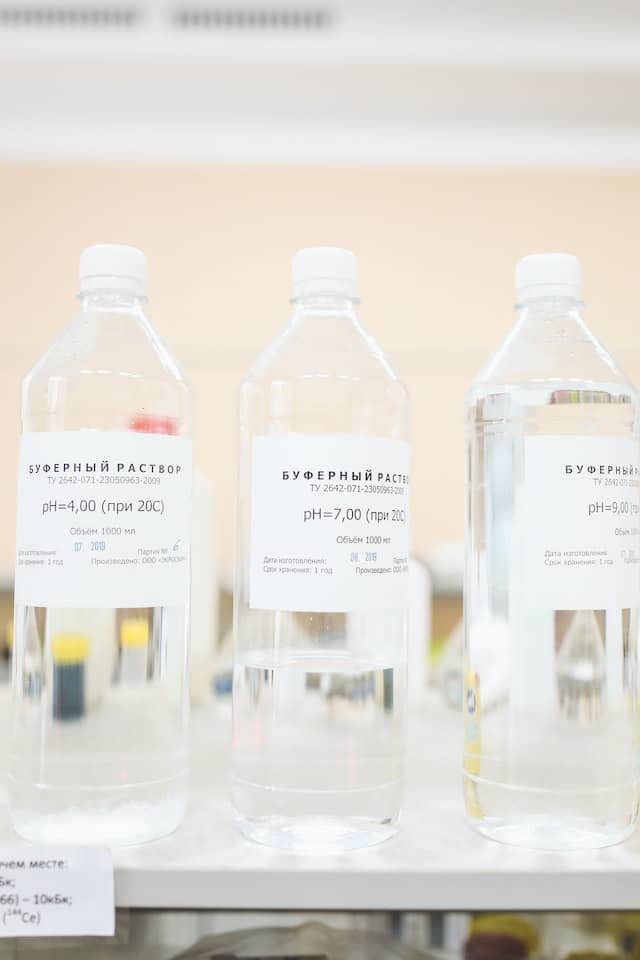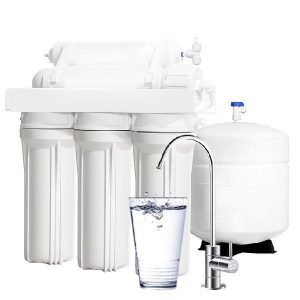What Is Reverse Osmosis Water?
Reverse Osmosis (RO) is a water purification process that has become increasingly popular in recent years. The best whole house Reverse Osmosis System can remove harmful contaminants from your water, preventing them from entering your plumbing system, allowing for healthier and better-tasting beverages.
RO works by forcing tap water through a semi-permeable membrane, trapping any suspended particles or dissolved solids that exist in the source water. As a result, RO can filter out heavy metals, fluoride, arsenic, chlorine, and other impurities to achieve up to 99% purity of the source water.
The benefits of using an RO system are numerous; it reduces the amount of waste produced by eliminating plastic bottle consumption and provides clean filtered water quickly and cost-effectively.
Additionally, due to its filtration capabilities, Reverse Osmosis systems have been used in industrial applications such as mining operations where they reduce environmental impact while producing high-quality effluent streams. However, there are also some drawbacks to using RO filters. That’s why it is important to consider the pros and cons of RO systems before buying one.
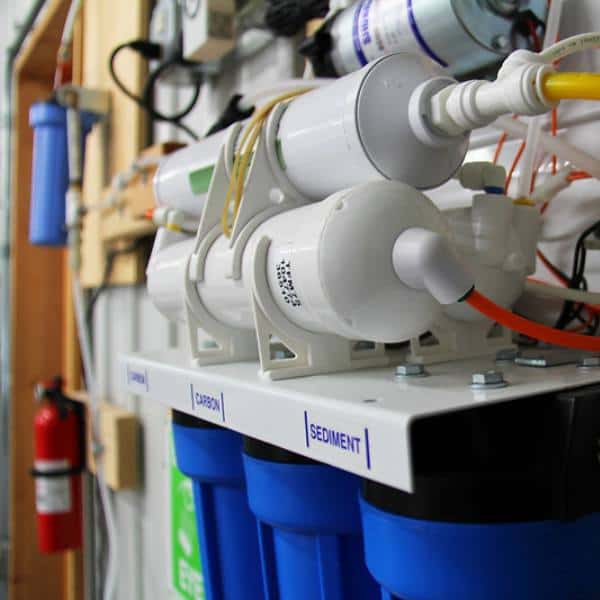
What Is Acidity in Drinking Water?
Acidity is a measure of the concentration of hydrogen ions in a solution. It can also refer to the sourness or tartness that is associated with certain foods and beverages.
The concept of acidity is based on the behavior of hydrogen molecules in water solutions. When a solution has more than one hydrogen molecule, it has an increased level of acidity. This increase in acidity can be measured using pH values; these values range from 0 (most acidic) to 14 (least acidic).
Solutions with low pH are considered acidic, while those with higher pH are considered basic or alkaline. The presence of carbon dioxide in acidic water can play an important role in its acidity level and pH balance.
Is Reverse Osmosis Water Acidic?
Reverse osmosis water can be a great way to ensure that you have access to safe and pure water. But is reverse osmosis water acidic? It’s important to know the answer to this question in order to determine whether reverse osmosis is a good choice for your family.
Generally speaking, reverse osmosis water has a slight pH level that is slightly lower than neutral – usually somewhere around 5.0 to 6.5 on the pH scale.
Why Reverse Osmosis Water Is Acidic – Reasons Explained
Drinking reverse osmosis water has been found to be slightly more acidic than other types of drinking water due to its unique filtration process. This occurs because all minerals are removed during filtration.
Since RO water is devoid of minerals, water molecules can easily react with carbon dioxide present in the air causing the formation of carbonic acids. The presence of carbonic acid lowers the ph level of RO water.
As a result, reverse osmosis water becomes acidic – typically between 5-6.5 on the pH scale. Also, this makes reverse osmosis water far less alkaline than filtered or bottled spring waters, both of which tend to have higher pH levels between 7-9 on the same scale.
Although reverse osmosis filtration systems remove some healthy minerals (mostly mineral salts) from drinking water, you can remineralize RO water by adding minerals back into the water.
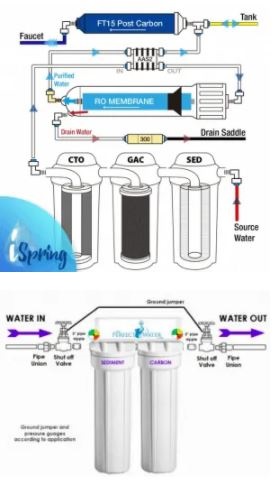
How Can You Test the Acidity of Your RO Water?
Knowing the acidity of your reverse osmosis (RO) water is important for you to maintain a healthy water pH balance. Testing the acidity of RO water is an easy process once you know what materials and equipment are needed. Here’s how you can measure the acidity of your RO water in three simple steps.
pH Strips
First, gather all the necessary materials for testing, including a test kit, sample container, pH strips or reagent drops, and stirring rod. A test kit will come with instructions on how to use it correctly and accurately measure the pH level of your RO water sample.
You’ll need a clean container that isn’t reactive with chlorine or other chemicals in order to store your sample safely before testing it.
Litmus Paper
Litmus paper is a colored paper strip that measures the acidity level of your sample. It s not as accurate as pH strips, but it can still provide you with an idea of how acidic or alkaline your sample is.
All you need to do is dip a strip of litmus paper in your sample, wait for a few seconds, and compare the color of the paper to the chart on the packaging. A red or dark blue color indicates that your sample is acidic, while a green or yellow color means it is alkaline.
Lab Testing
If you want to be absolutely certain of the acidity level in your sample, you can send it off to a lab for testing. This is a more accurate way to determine the acidity of your sample but it will also cost far more than using pH strips or litmus paper.
How To Make RO Water Alkaline?
Making alkaline water at home is a simple and cost-effective way to improve the quality of your drinking water. Alkaline water has numerous health benefits, including better hydration and improved digestion. Here is a guide on how to make RO (reverse osmosis) water alkaline.
You will need to purchase an alkalizing filter, also known as a pH filter or ionizer. This type of filter attaches directly to your existing reverse osmosis system and works by adding minerals, such as calcium and magnesium, back into the water that was removed by the filtration process.
The number of minerals added will depend on the specific filter model you buy – check the manufacturer’s recommendations for details on how much to add in order to achieve your desired alkalinity level.
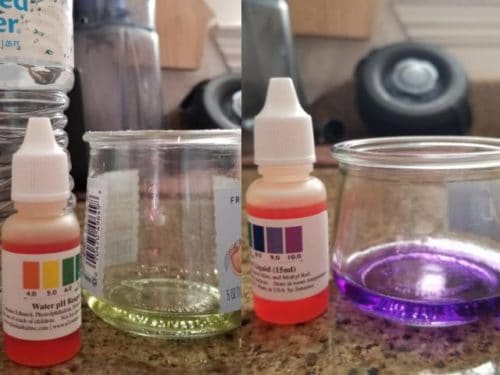
Final Verdict
So reverse osmosis water can be slightly acidic. Through testing and adjusting the pH balance of your RO water, you can make it alkaline. This is a simple process that requires minimal effort but can yield great rewards for those who want to drink high-quality, healthy water. With this information in hand, you can enjoy the best-tasting pure water possible.
